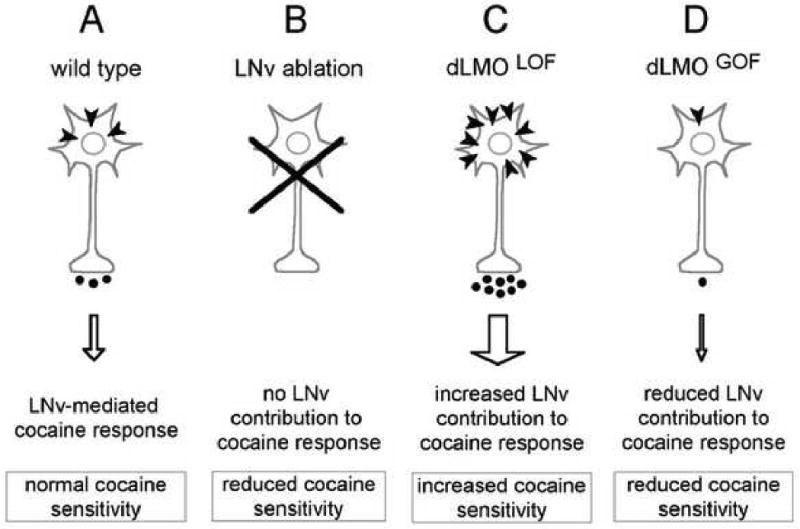Figure 5. A model for LNv and dLMO regulation of cocaine sensitivity in Drosophila.

(A) In wild type, LNvs modulate locomotor responses via electrical activity and synaptic transmission. In this model, cocaine would act to directly increase LNv activity. Upon cocaine administration, synaptic dopamine concentrations would be increased (via cocaine's inhibition of the plasma membrane dopamine transporter), and activation of presumed dopamine receptors on the LNv (dark arrowheads) would stimulate electrical activity and subsequent synaptic output. This activity would then contribute to the behavioral response of the fly to cocaine. (B) LNv ablations eliminate LNv contribution to the cocaine response, reducing cocaine sensitivity. (C) dLmo loss–of–function mutants (dLmoLOF), which have increased cocaine sensitivity, would have increased activity/output during the cocaine response. This increased activity may be mediated by increases in dopamine receptor content on the LNv. (D) dLmoGOF mutants would have reduced LNv output and reduced cocaine sensitivity. This could result from a reduction in dopamine receptor density. (Tsai et al., 2004; reprinted with permission)
